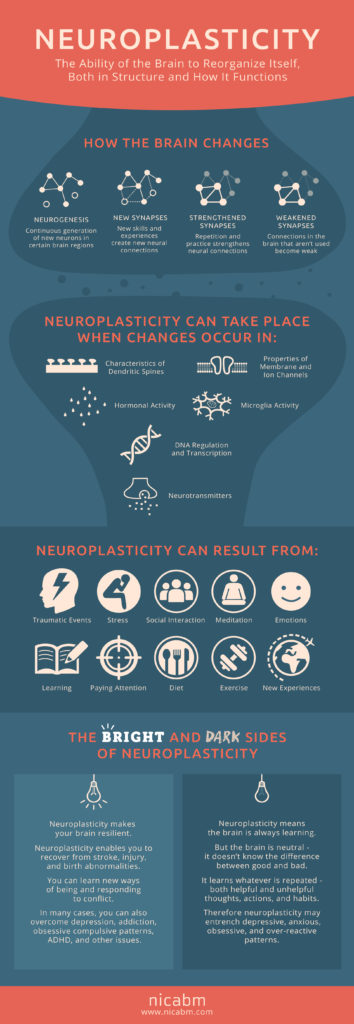#ScienceSaturday posts share relevant and exciting scientific news with the KAND community. This project is a collaboration between KIF1A.ORG’s Research Engagement Team Leader Alejandro Doval, President Kathryn Atchley and Science Communication Director Dr. Dominique Lessard. Send news suggestions to our team at impact@kif1a.org.
KIF1A-Related Research: From the Archives
Motor Protein KIF1A Is Essential for Hippocampal Synaptogenesis and Learning Enhancement in an Enriched Environment
This week, we’re featuring another influential piece of KIF1A literature from the past. This study highlights an important connection between KIF1A and a process known as synaptogenesis, involving the formation of synapses, or connections, between neurons. Synaptogenesis plays an important role in learning and memory development, and can be studied in a mouse model as is detailed in this paper. Check out figure 1 of this paper to see how environmental enrichment (a way to stimulate learning) is achieved using this mouse model: a cage full of toys! Furthermore, this study expanded our understanding of how a protein known as brain-derived neurotropic factor (BNDF) can impact KIF1A cargo transport. It’s amazing to see how much we have learned about KIF1A in the 8 years since this article has been published!
Rare Disease News
Denali Therapeutics unveils blood-brain barrier delivery system
This article discusses an important advancement in drug delivery, focused on getting large therapeutic molecules past the blood brain barrier, or BBB. The BBB is a semi-permeable barrier that separates our brain from the rest of our bodies; this means that the BBB only allows certain types of molecules to enter the brain environment. Having a BBB protects our brain in two main ways: it keeps out toxins that could cause a brain infection and it helps maintain a stable environment (or homeostasis) for our brains. Essentially, the BBB is like the security system for our brains. Unless directly administered to the brain or spinal cord, everything that reaches our brain must first pass the BBB, and security is very tight!
While the BBB is essential for optimal brain health, it also presents a challenge for drug delivery: how can we get drugs designed for the cells in our brain past the BBB? Denali Therapeutics has begun to tackle this problem in the context of Hunter syndrome, a rare genetic disorder that causes a build-up of a type of sugar (called mucopolysaccharides) in the body, including the brain. Read the article below to learn more!
A study involving the UOC sees three drugs for multiple sclerosis tested simultaneously
A recent clinical trial for the treatment of multiple sclerosis introduced a new drug testing methodology in which multiple treatment options were trialed at once. This is in contrast to most therapeutic testing methodologies where one drug is tested at a time against a placebo. This “multiarm trial” approach is new to the neurodegenerative disease field and has the potential to lower two major hurdles in therapeutic discovery: time and cost. While the initial multiarm trial on multiple sclerosis yielded negative results (meaning the drugs did not improve neurological symptoms monitored in this study), this is considered an important step toward challenging our preconceived paradigms of drug discovery methodology.
“Single trials carried out on multiple drugs coupled with fully computerized data processing will allow us to generate answers more quickly and see results in a shorter period of time. We’re conducting more promising trials now and developing new markers based on medical images, all of which will help us to provide more accurate and sensitive analyses of patients’ responses to different drugs, lest we overlook their true effectiveness.”
Neuroplasticity in the Pathology of Neurodegenerative Diseases
Neuroplasticity is a buzzword we’ve been hearing a lot lately when discussing recent studies attempting to “reprogram” the brain in many neurodegenerative diseases. We define neuroplasticity as the brain’s ability to reorganize and form new connections between neural circuits throughout an individual’s life. The concept of neuroplasticity was controversial in the neuroscience community as early as the 19th century. Now, while neuroplasticity is largely an accepted concept in the present day, there is still much to be learned about how much and where neuroplasticity can occur within the human brain. This short review article discusses the impact that common neurodegenerative diseases can have on neuroplasticity. If you want to learn more about neuroplasticity, check out the infographic below!


